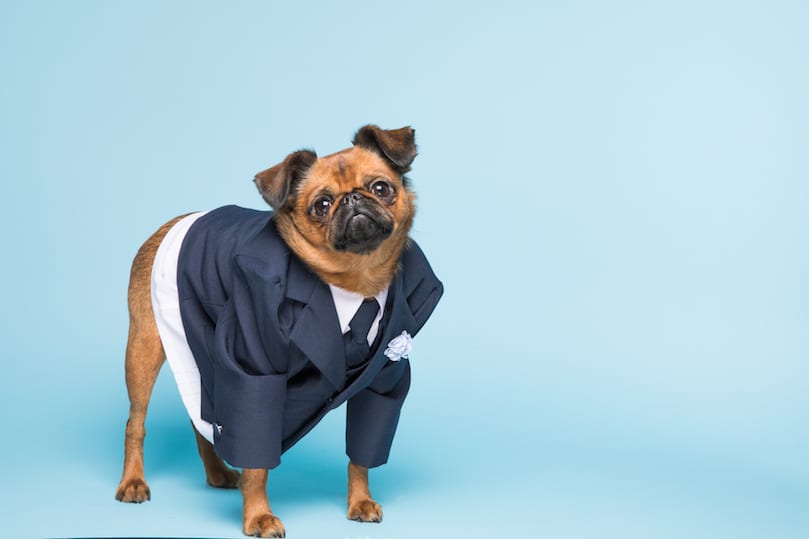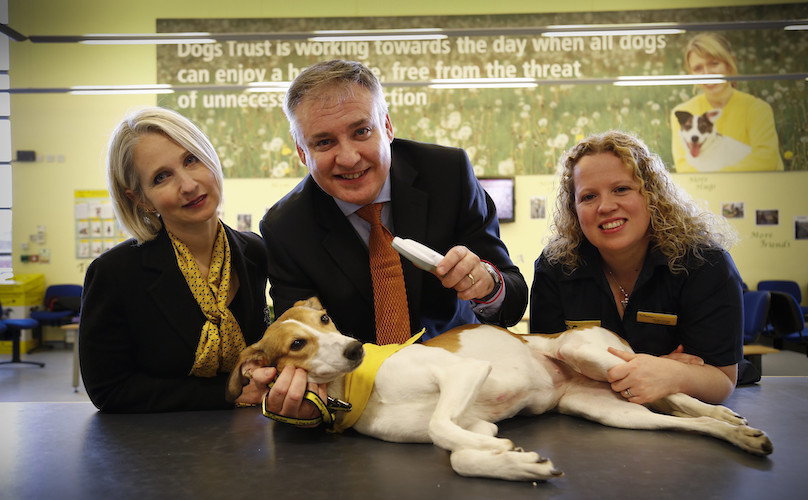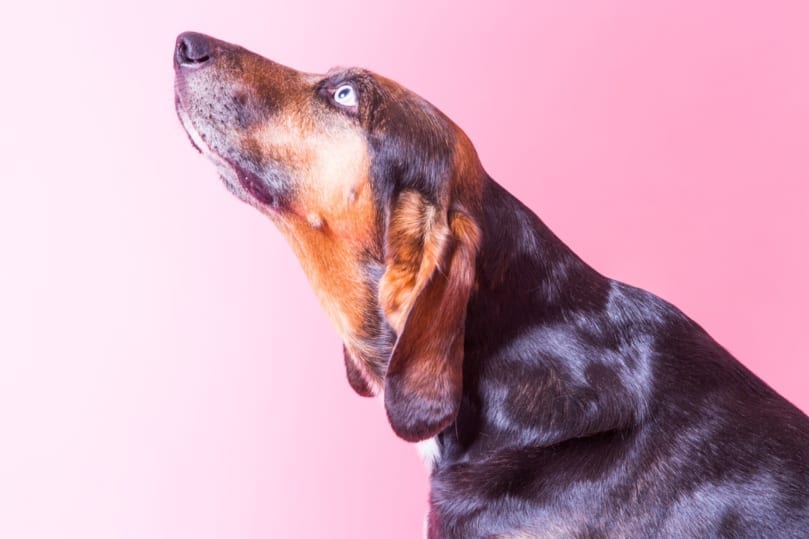When you think of yourself, or a dog, as “bloated,” you might picture a fat, happy pup, farting away the day after eating one too many treats. Sadly, the veterinary condition called “bloat” is much more severe and there’s nothing whimsical about it. Bloat is a life threatening condition, and the better you understand it, the safer you can make your dog. So let’s read up and prepare, so you can get back to the good things in life, like farting away an afternoon after one too many treats.
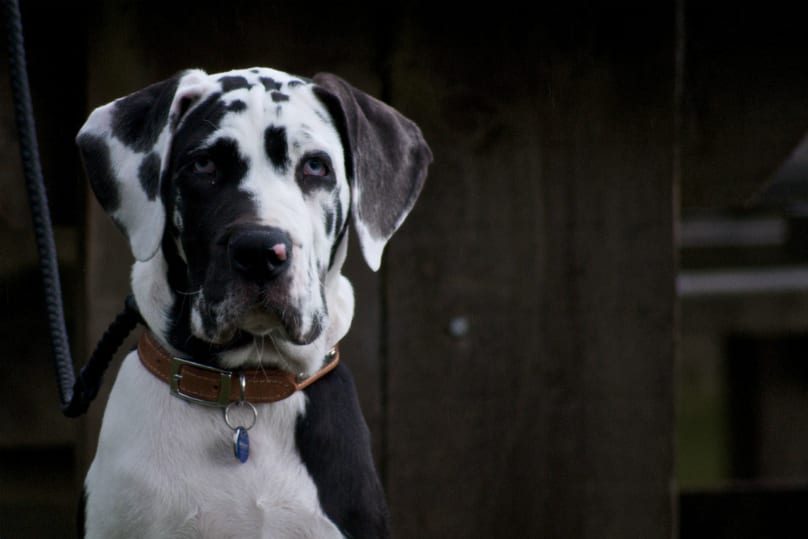

Here’s what your dog needs you to know about Canine Bloat. Immediately.
[bp_related_article]
1. Bloat Causes Terrible, Instantaneous Problems For Your Dog’s Stomach And Heart.
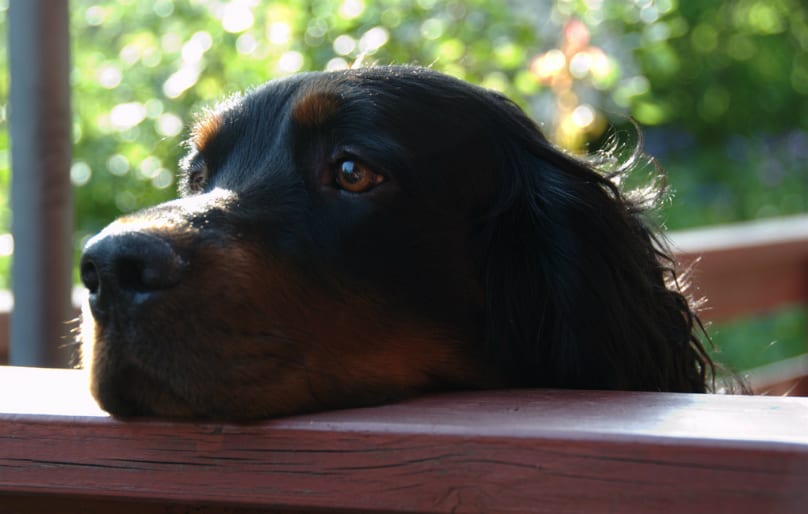

Bloat (or “stomach torsion,” or “twisted stomach”) is more officially known as Gastric dilatation-volvulus (GDV.) The dilatation refers to your dog’s stomach inflating with air; the volvulus refers to your dog’s stomach rotating on itself and pinching your pup’s blood supply. The condition disrupts both your dog’s breathing and circulation, and the results can be truly devastating.
2. The Cause Of Bloat Is Not Perfectly Known.
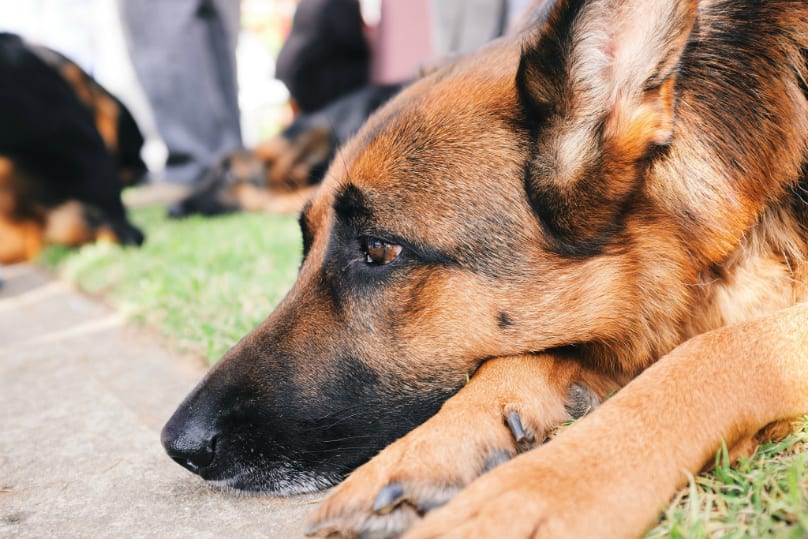

Studies haven’t confirmed a specific activity that causes the condition. Generally, bloat occurs because your dog swallows air and fails to burp it out. So why do some dogs fail to burp? That’s a question science is still trying to sort out.
3. The Major Signs Of Bloat Are A Swollen Belly, And The Action And Sounds Of Vomiting, But Without Vomit.
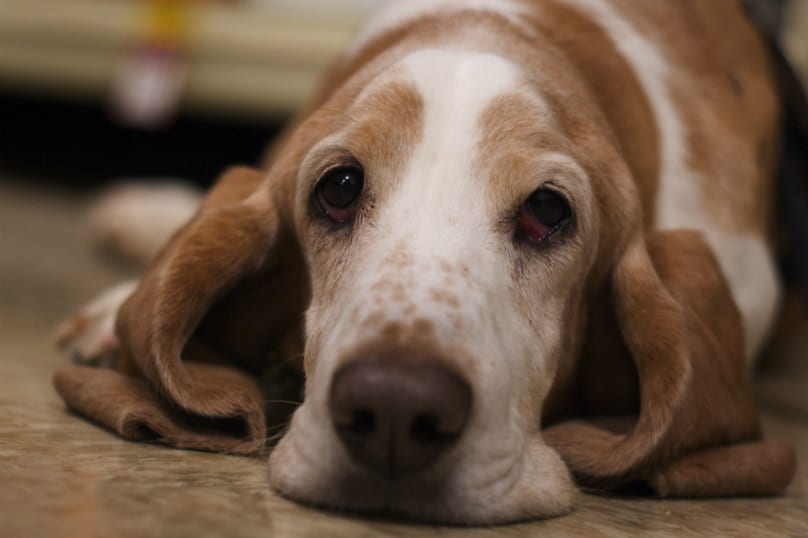

Other signs include restlessness, abdominal pain, and rapid shallow breathing. If your dog is drooling severely, this could be a sign of pain. If things get worse, your dog may go into shock, see their heart rate increase rapidly, and eventually collapse. A dog experiencing bloat without the accompanying stomach twist can experience these signs, but they’ll be even worse with full-on volvulus.
4. Contact Your Veterinarian Immediately.
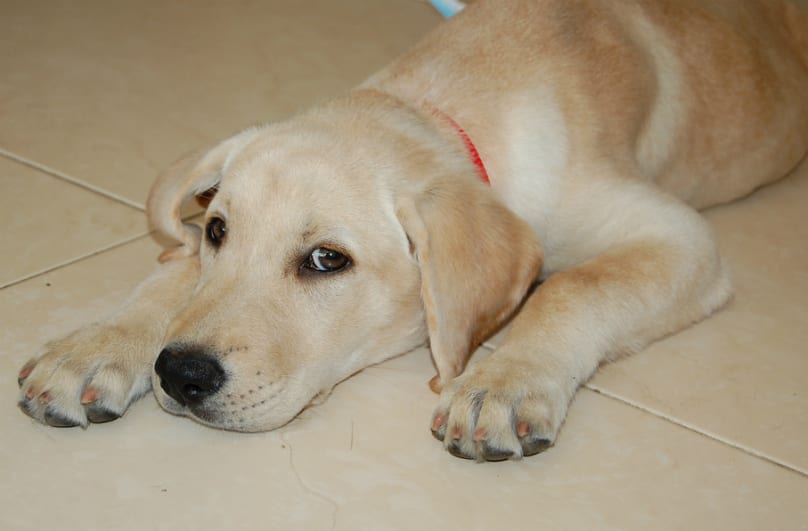

There’s no home remedy for bloat, and the condition can kill your dog in a matter of hours. Make sure you get your dog to the veterinarian as quickly as possible, to get the necessary treatment- which involves releasing the air from the stomach, stabilizing your dog’s heart rate, and abdominal surgery to reposition the stomach. If the stomach or spleen have experienced irreversible damage, it might be too late to save your dog’s life… and even with treatment, a quarter or even a third of dogs with bloat might die. You simply can’t afford to mess around with this one.
5. The Highest-Risk Breeds Are Large Breeds With Deep, Narrow Chests.
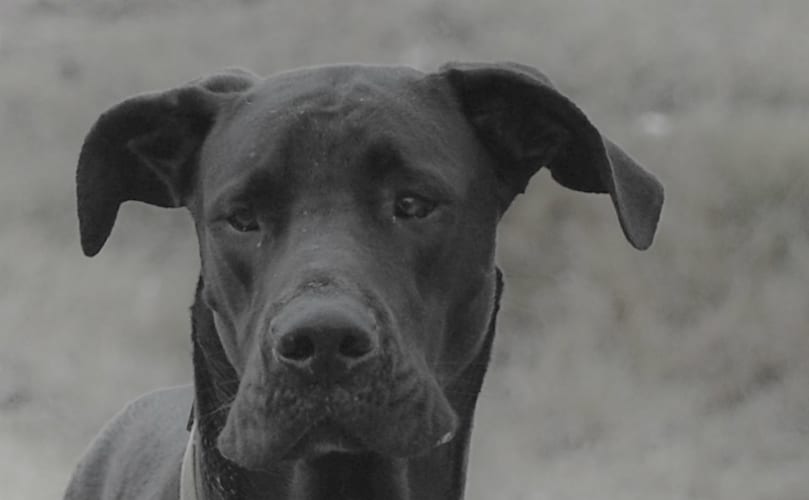

Bloat is much more rare in small dogs. A study at The University of Purdue, culling data from hundreds of dogs that had developed GDV, identified the breeds most likely to experience bloat. The Great Dane was the breed at highest risk, followed by the Saint Bernard, Weimaraner, Irish Setter, Gordon Setter, Standard Poodle, and Basset Hound.
6. Bloat Risk Is Highly Influenced By Genetics.
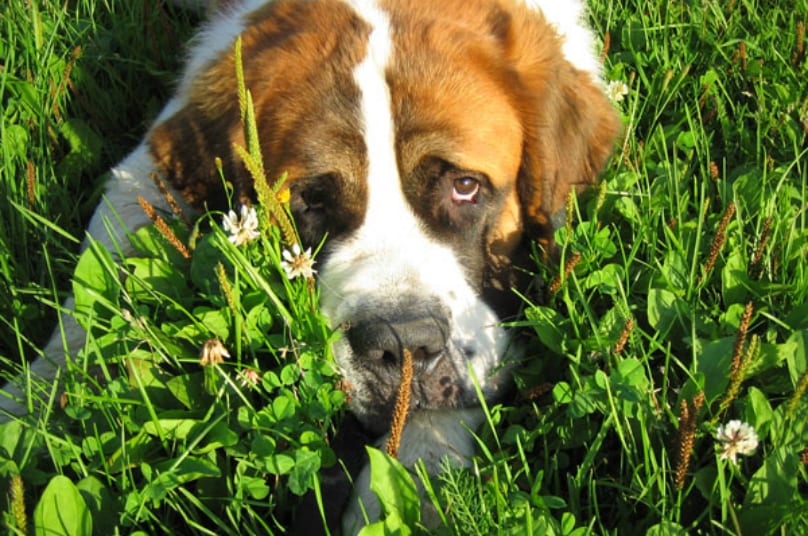

If both parents have particularly deep and narrow chests, it becomes very likely that their offspring will have deep and narrow chests and the problems that may go with it. The breeds with these narrow, deep chests are the breeds that are most at risk. If you’re getting a dog from a high-risk breed, you should ask if there’s any history of GDV in your puppy’s family tree.
7. A Portrait Of An At-Risk Dog: Older, Male, And Anxious.
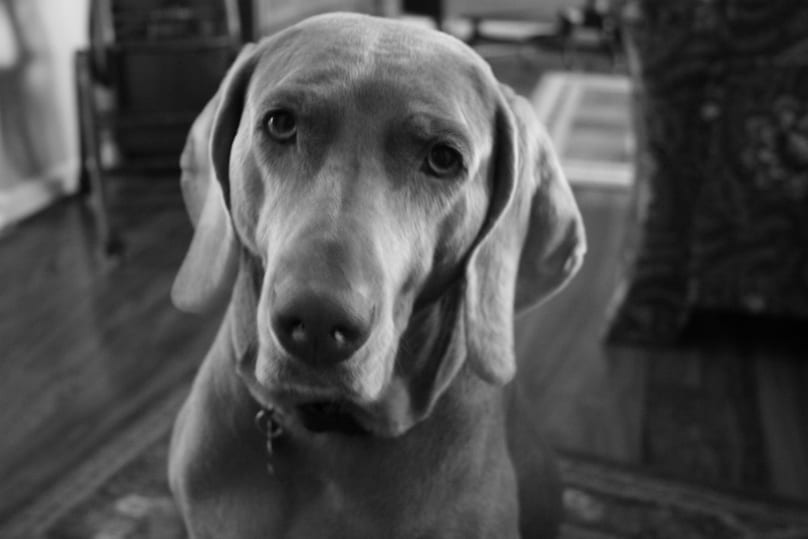

The risk to a younger dog is half that of a dog 7 years or older; the risk to a male dog is twice that of a female, regardless of neutering history. A nervous temperament is another indicator of increased bloat risk.
8. Feed Your Dog At Least Twice A Day.
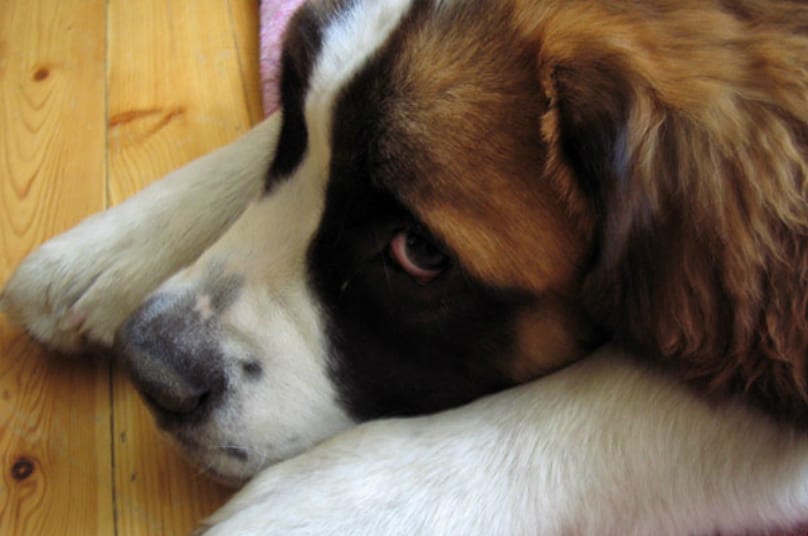

If your dog is fed only once a day, or if he’s a rapid eater, it increases the chance that he eats so quickly that he swallows air. Feeding your dog twice a day can reduce this risk. Make water available at all times, but limit its availability right after feeding.
9. Make Your Dog’s Dining Experience Calm And Stress-Free.
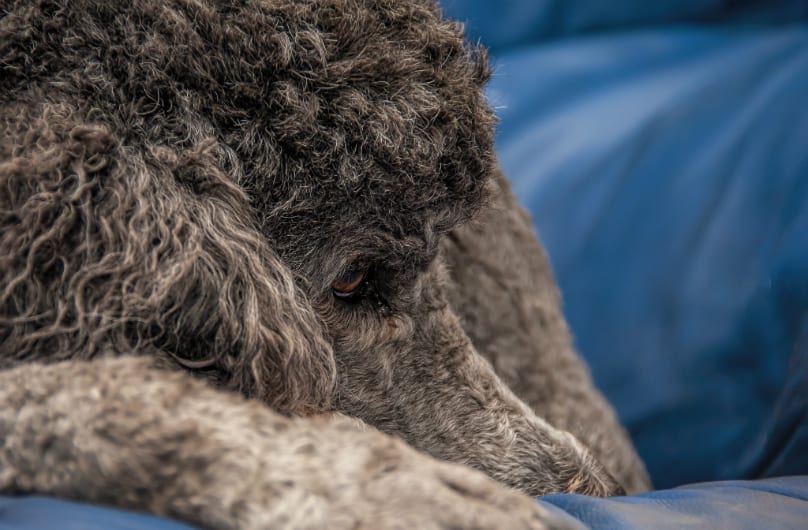

If your dog exercises vigorously, give him 1-2 hours of rest before, and after, you give him a meal. You don’t want your dog breathing heavily and risking a big, reckless gulp of air. If you change your dog’s diet, implement the changes gradually, over three to five days. If your dog has a high bloat-risk profile, try to feed him individually and in a quiet location. Veterinarians recommend that you feed an at-risk dog at floor level.
10. A Dog That Survives Bloat Is At An Increased Risk Of Future Episodes.
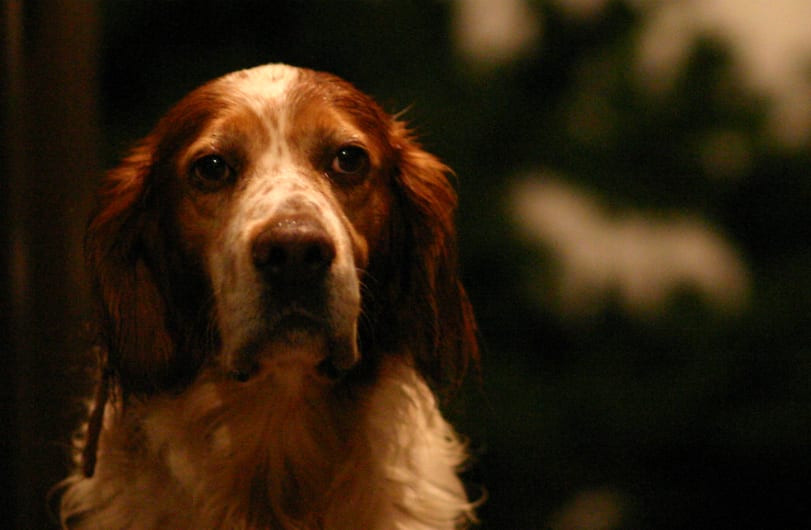

Ask your vet about gastropexy- a surgical fix that can reduce the risk of repeat instances of bloat. It’s possible that this is available as a preventative measure too, but your veterinarian would know best.
11. Even If You Do Your Best, Your Dog Might Still Get Bloat. So keep a good relationship with your veterinarian and be ready to call, in times of crisis.
Source: Pet Education



